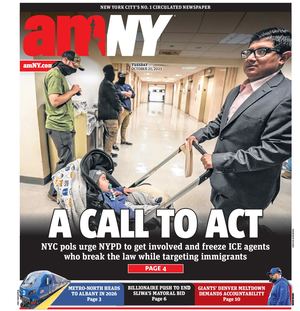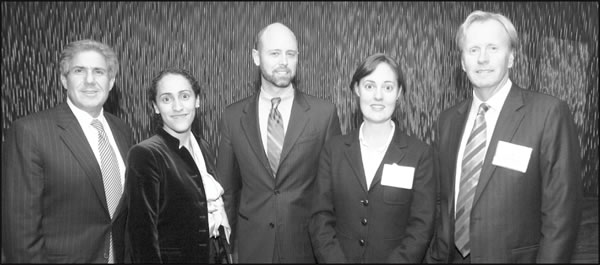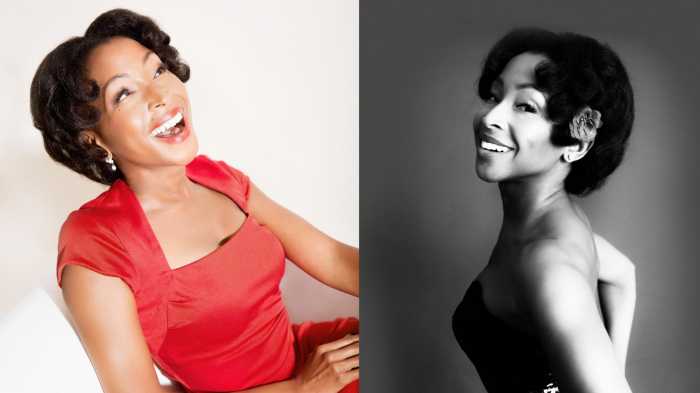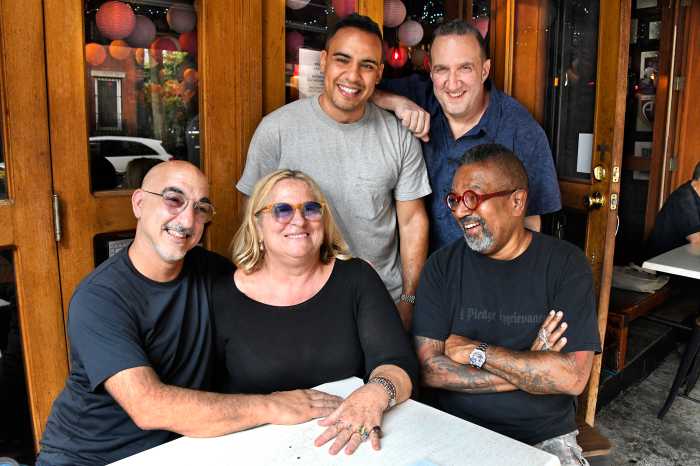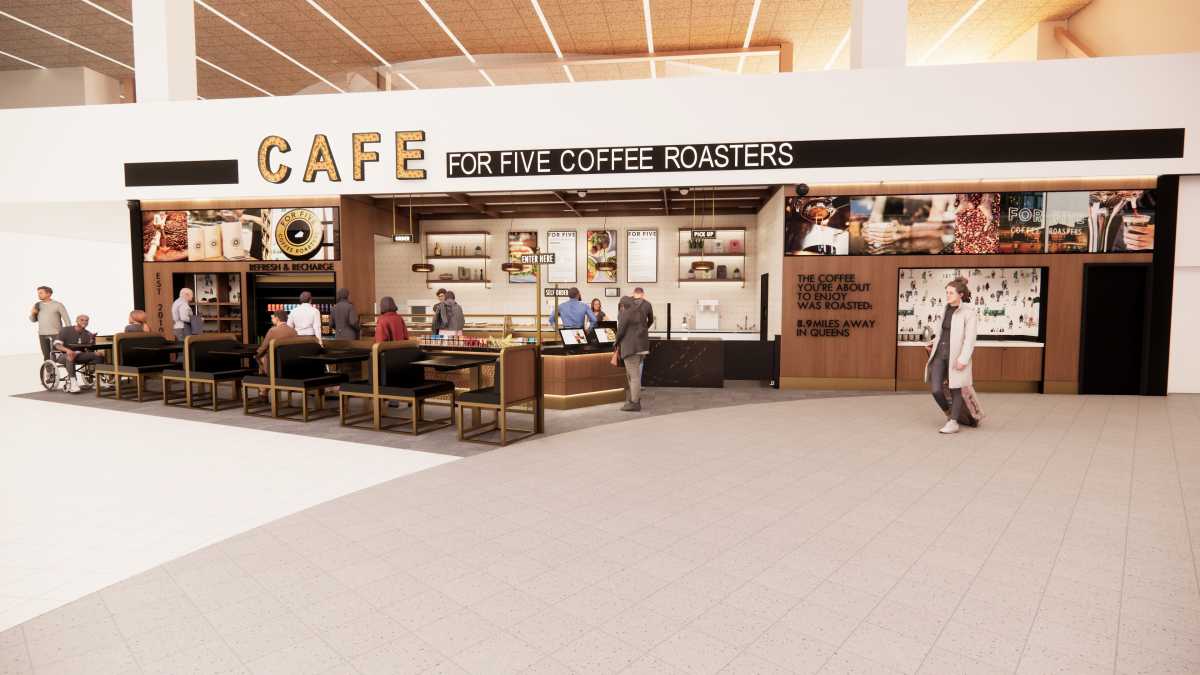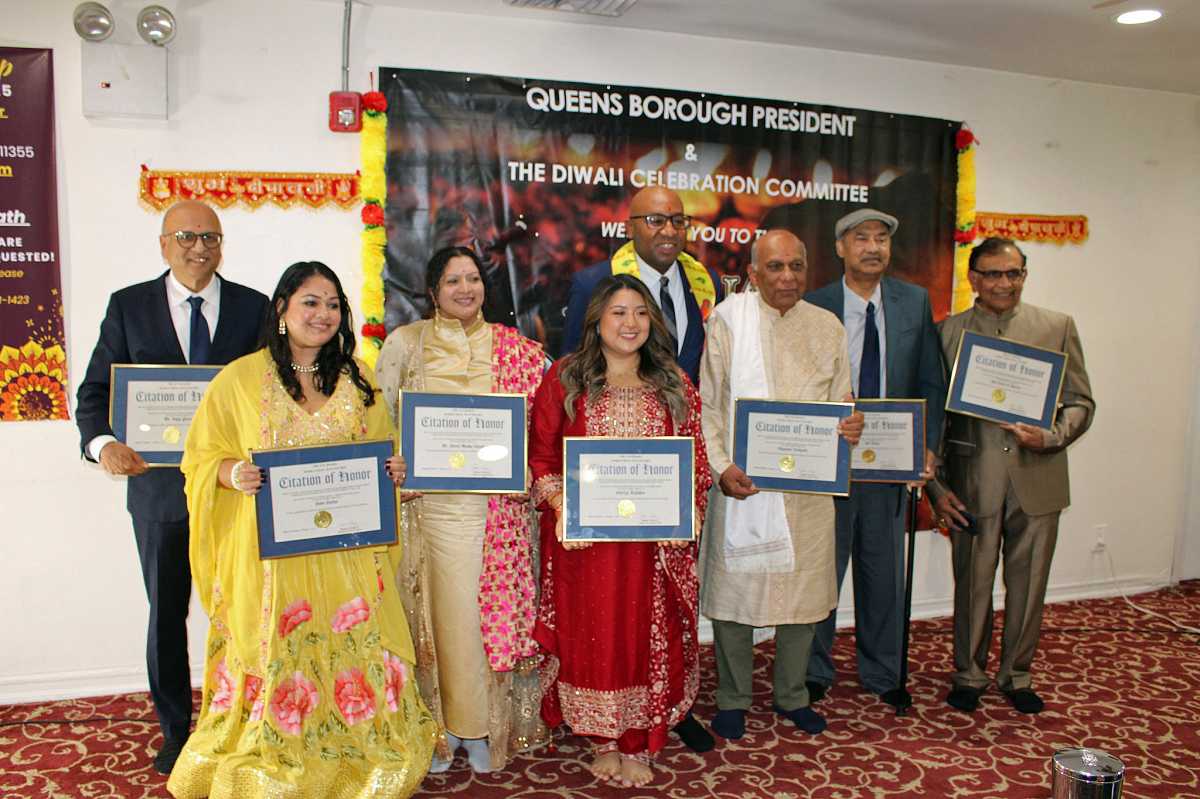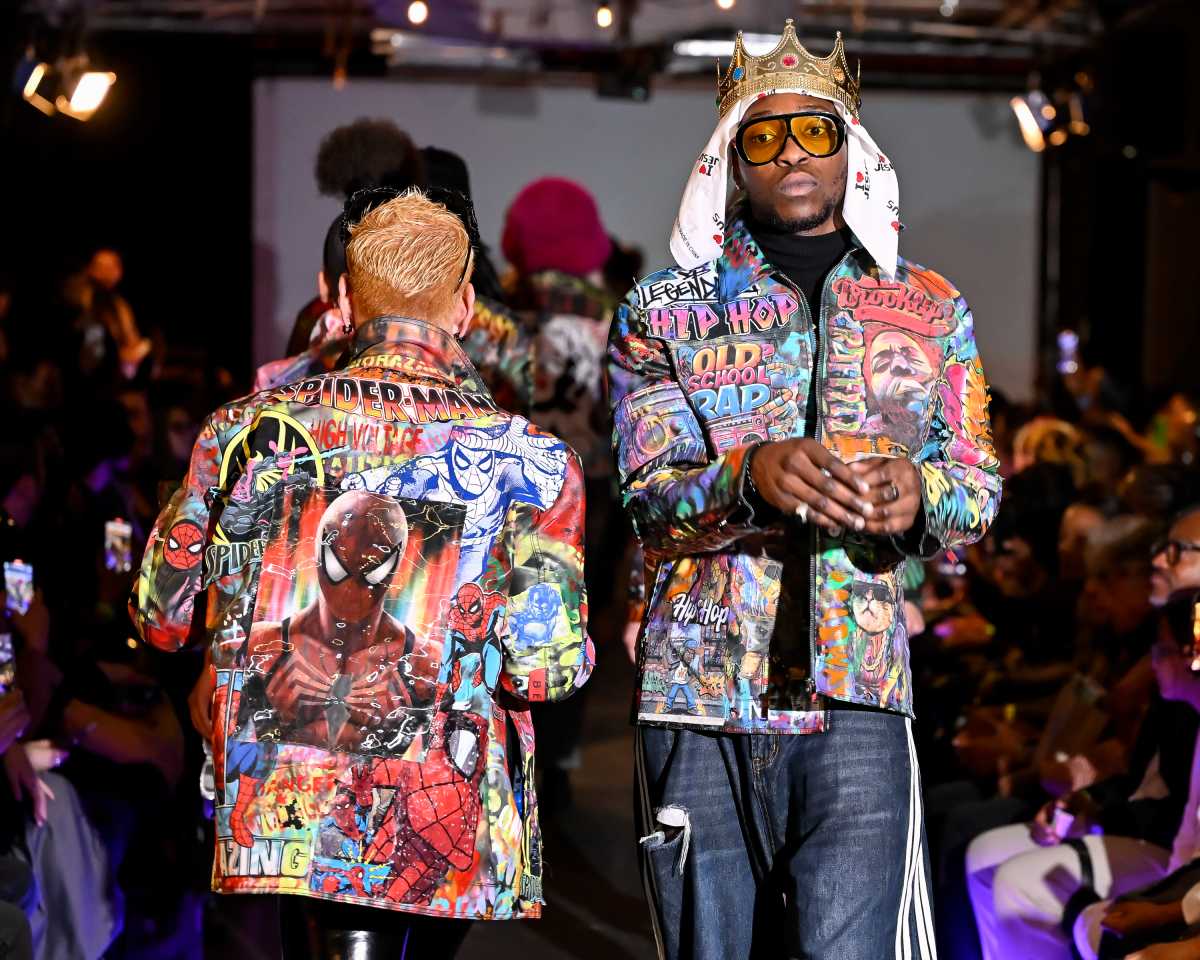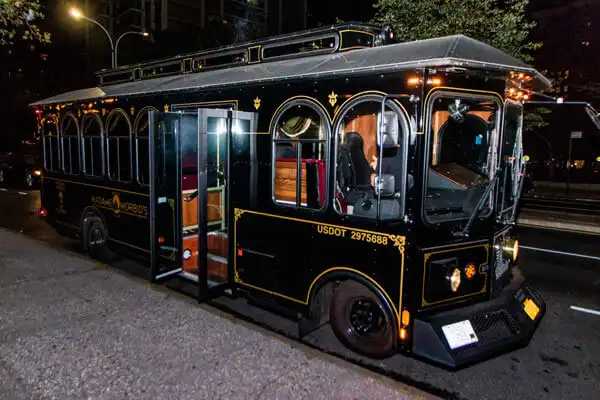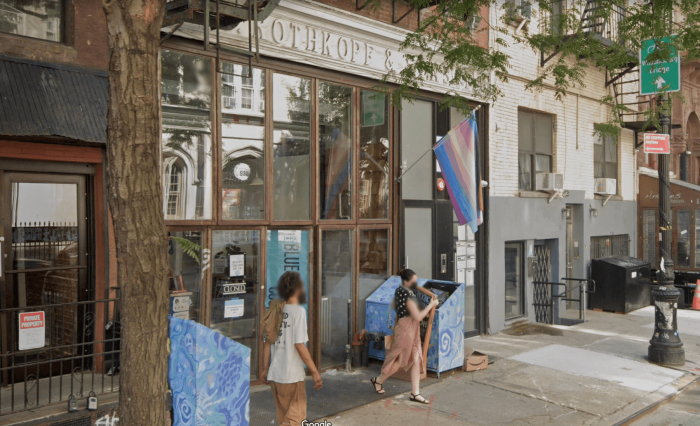By Jefferson Siegel
When Danny Meyer opened the Union Square Cafe 24 years ago, area rents hovered around $8 per square foot. Today comparable space could rent for up to $400 per square foot.
The business dilemma of astronomical rents was one of the issues under consideration on Mon., Nov. 10, at the Union Square Partnership Fall Forum titled, “Spotlight on Commercial Diversity in Union Square.”
A panel of four experts joined moderator William H. Kelley, the Partnership’s director of economic development, in a roundtable discussion of the area’s commercial landscape.
More than 75 residents and local business owners attended the forum in the Union Square Ballroom, in what one participant described as an attempt to “think outside the box and look forward.”
Kelley explained the motivation behind the forum:
“In its heyday, Union Square had this wonderful gathering of mom-and-pop businesses,” he told The Villager. “Recently, the area has become an international gathering of businesses.”
Forum participants debated if this evolution was an inevitable result of growth or if there were there any tools the Union Square area or even city government could employ to create a more stable mix of large and small businesses.
“I think Union Square is fascinating,” said panelist Larisa Ortiz, of Larisa Ortiz Associates and a co-author of “Real Estate Redevelopment & Reuse.” “It’s a model and a template that other cities have followed,” she said, noting the presence of iconic restaurants and the Greenmarket.
According to an examination of gentrification trends by New York University’s Furman Center for Real Estate and Urban Policy, the number of businesses in the Union Square area rose almost 20 percent from 1990 to 2000, and have grown an additional 8 percent since 2000.
Of those businesses, 11 percent represent food services and “accommodations.” The largest number of retail businesses — 23 percent — are clothing and accessory stores.
Ortiz was concerned how the neighborhood could maintain its character when park-fronting property is privately owned and rents are set by overheated market forces.
“Let’s help interesting speciality business and restaurant spaces on the side streets,” she suggested.
To gauge interest in topics for the forum, the Partnership sent out a questionnaire in September to more than 3,500 local residents and businesses. A question asked what the most important issue facing Union Square is.
The survey drew almost 300 responses. Topping the list of concerns, 43 percent of respondents said pedestrian congestion and safety are of primary importance. Another 24 percent believed addressing the neighborhood’s changing character was paramount. Six percent saw completing reconstruction of the square’s north end as important.
A study conducted by the Partnership — which is a business improvement district, or BID — this summer found a 59 percent increase in pedestrian traffic over the past five years. Much of that increase was attributed to “anchor” stores like Whole Foods, Filene’s Basement and Trader Joe’s. The Greenmarket, Barnes & Noble and noted restaurants also drew crowds.
Traffic will further increase when the Union Square Holiday Market opens Nov. 22.
Another survey question sought input on the most requested programs in the park. Thirty percent believed music, theater and dance performances merited interest, while 12 percent wanted more art and horticultural installations and/or fairs. Ten percent said the park was already overused and thus should not have any more programming.
Asked what improvements they’d like to see in the park, 14 percent of those surveyed saw a need for more seating and 11 percent sought improved lawn conditions while 8 percent said no further improvements were needed.
A majority of respondents expressed satisfaction with the Partnership’s “Clean Team” efforts of sweeping and power washing sidewalks in the area and in the park. Nearly all surveyed were satisfied with the presence of public safety officers and so-called “paid detail,” uniformed Police Department officers who work security in stores while they are off duty, for which they are paid by the BID.
More than 90 percent expressed satisfaction with the Partnership’s efforts to “clean, promote and beautify the community.”
Joining Kelley and Ortiz in the roundtable discussion were Gary Trock, a senior vice president of Tri-State Retail Services, CB Richard Ellis; Dr. Jenny Schuetz, an associate professor of economics at City College of New York, and David Swinghamer, president of the Growth Business Division of the Union Square Hospitality Group.
